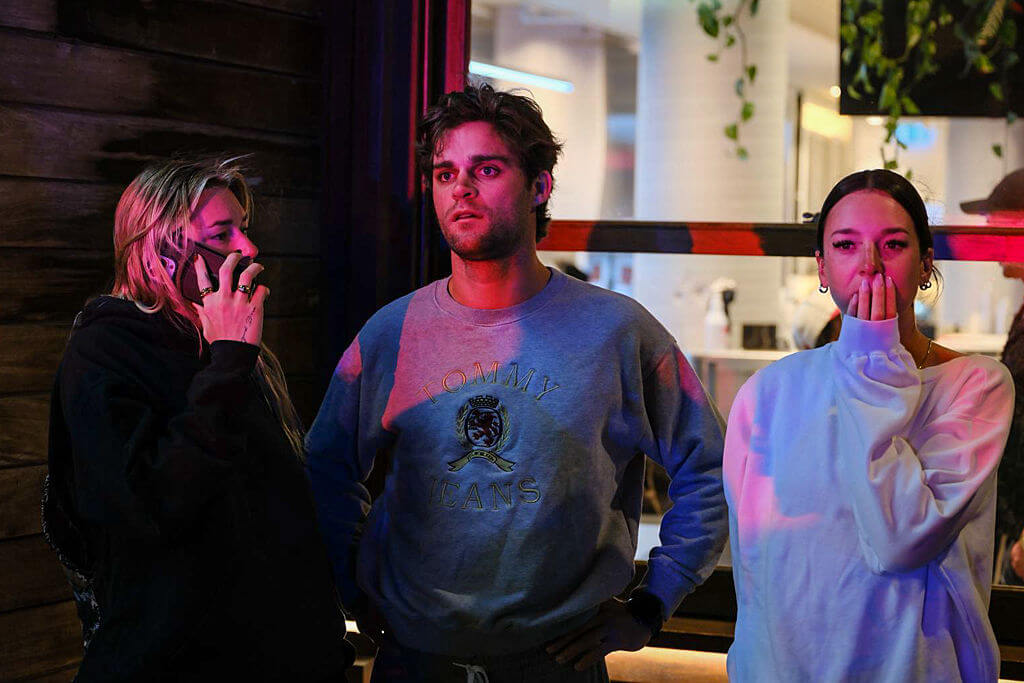He Played the Jew, Perhaps a Little Too Well
There are many reasons to celebrate The Turner Classic Movies restoration of Edward F. Cline’s charming 1925 ethnic comedy “The Rag Man.” Not least, it offers a chance for audiences to finally watch a full-scale, feature-length performance by the famed but mostly forgotten Jewish performer Max Davidson. He was exceedingly popular early in the 20th century for his comic, and sometimes dramatic, portrayals of Jews — Davidson made some 125 films between 1912 and 1945, and had his own series of two-reeler shorts produced by Hal Roach in the late1920s. By the mid-1930s, though, his clearly ethnic if usually sympathetic portrayals of Eastern European Jewish peddlers, merchants, pawnbrokers and rag men were deemed unsuitable both by Jewish studio heads and by the new, culturally prudish Production Code (which stated that “the history, institutions, prominent people and citizenry of other nations shall be represented fairly”).
“The Rag Man” was made at the height of Davidson’s career. Directed by Cline, who later went on to direct W.C. Fields classics such as “The Bank Dick” and “My Little Chickadee,” “The Rag Man” was a high-profile vehicle for child star Jackie Coogan. Noted for his gamin roles, Coogan had just moved from First National to the newly formed Metro-Goldwyn. Scriptwriter Willard Mack concocted a mélange of 1920s movie genres and types — adorable waif, cranky old man, homeless orphan, business betrayals, the inevitable financial rewards of good old American inventiveness — and blended them into a story that has enough narrative surprises to make its basic predictability inconsequential.
By contemporary standards, “The Rag Man” is pretty creaky. Little Timothy Kelly (Coogan) escapes a fire at his Lower East Side Catholic orphanage and, rather than returning, decides to try his luck in the world. He spends the night in Max Ginsberg’s (Davidson) junk wagon. The old Jewish peddler wants nothing to do with the young Irish boy, but predictably the odd couple hook up to become business partners. In the midst of this, Timothy discovers proof that validates Max’s claim to a patent for manufacturing raincoats that he invented many years before as a sweatshop worker. Max’s patent — and the ensuing fortune — were stolen from him by his upper-class WASP lawyers. Unfortunately, Timothy accidentally destroys the evidence, but… well, you can imagine.
While on the surface “The Rag Man” is conventional, even methodical, in its storytelling, there are surprising touches. Max and Timothy never become father and son, but view one another as emotional and social equals, and the affection between them is always genuine, often considerably moving. And in some important aspects, “The Rag Man” is a precursor to films such as Moshé Mizrahi’s 1977 “Madame Rosa” and François Dupeyron’s 2003 “Monsieur Ibrahim,” in which cultural gaps between Jews and other ethnics are bridged through a quixotic adult/child relationship. But the historical context of “The Rag Man” is actually far more interesting. Aside from the obvious narrative conceits that screenwriter Mack juggled here, he also drew upon one of the most salient themes found in many silent films and early talkies: a cultural romance between immigrant Jews and immigrant Irish. The best-known example is Anne Nichols’s 1922 play “Abie’s Irish Rose” (filmed in both 1928 and 1946), but there was a plethora of Jewish-Irish romances and family comedy-dramas, including a popular series called “The Cohens and the Kellys” in which two lovable families bickered their way across the United States and around the world.
These films relied upon stereotyping, but they also provided a very public presentation and mapping out of the struggle to assimilate without losing a national or religious identity. (Indeed, the film ends with Max and Timothy, wearing the clothes of the “idle rich” and playing golf at a posh country club, identified as “the largest antique dealers in New York.”) It is hard for some contemporary audiences to imagine it now, but the blatant, even vulgar, stereotyping of Jews in early-20th-century entertainment — think of Eddie Cantor in “Whoopee!” or Fanny Brice in “Be Yourself”— were, among other things, public celebrations of the Jewish immigrants’ unique ethnicity. The stereotypes generally were not seen as ugly or antisemitic in their day. Watching Davidson in “The Rag Man” — with his shrugging shoulders, his simplistic Yiddishisms, his haggling in business — we can see not only how these stereotypes looked in 1925, but to some degree how they functioned.
Davidson’s portrayals became outdated and unfashionable in the 1930s. It is disheartening to see that in the 34 films in which he appeared between 1930 and 1945, he not only played bit parts, but went uncredited as well. And most of his work before “The Rag Man” is not easily available, or has been lost.
There has been a handful of attempts to honor Davidson. Syracuse’s festival, Cinefest, has shown some of his shorts, and the 2003 New York Jewish Film Festival also featured a brief program of shorts and clips. But for the most part, he has sunk into oblivion. No doubt, Davidson’s performances were disparaged and often suppressed in their day because they became an embarrassment to a new generation seeking a more complete form of assimilation and Americanization. But we need to find a way to re-evaluate how these stereotypes work and what they mean in both the historical and contemporary contexts. Most important, we need to rediscover them and make them accessible to audiences. That is why TCM’s restoration of “The Rag Man” is such a momentous event.















